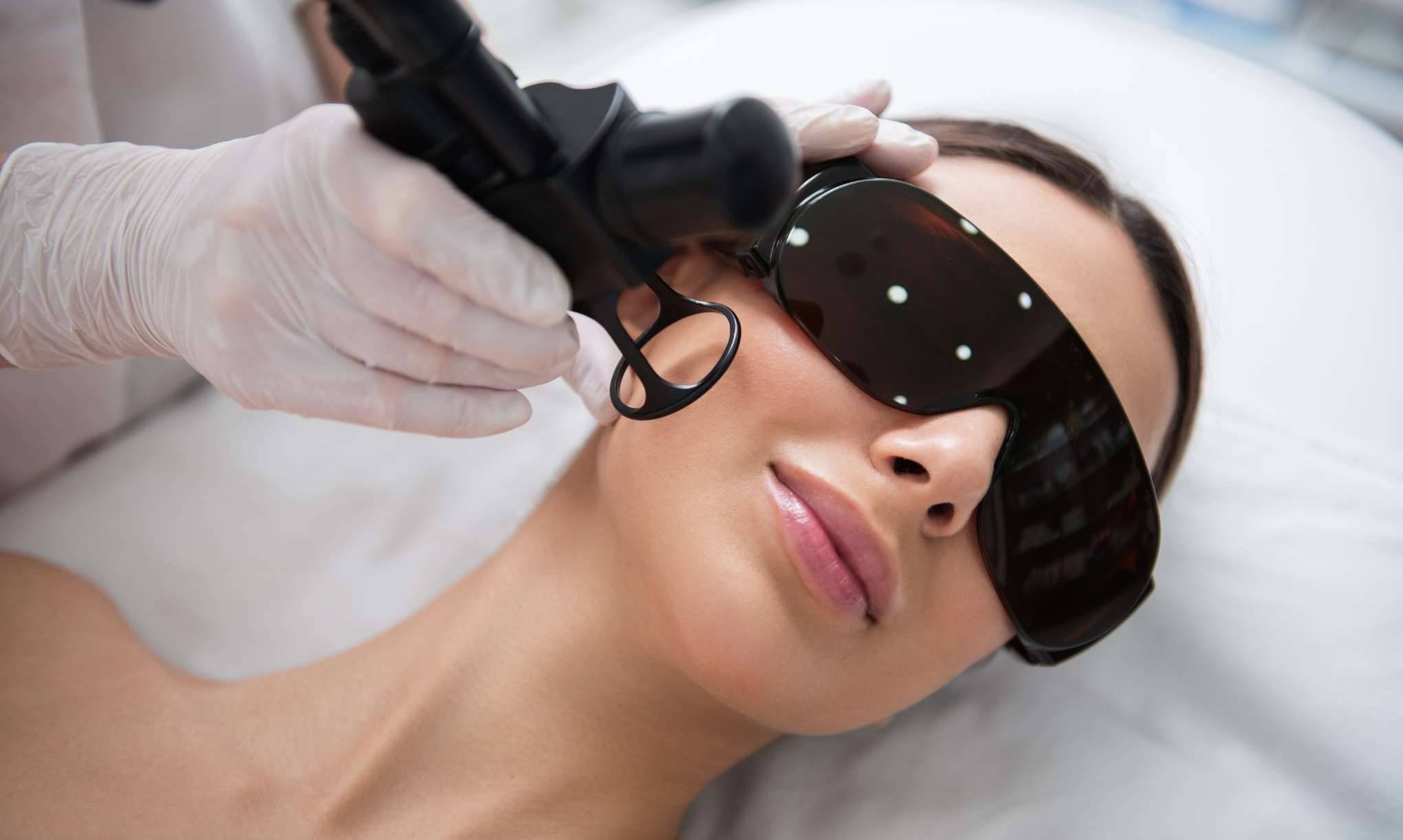Curious about Pico laser for pigmentation? Learn if it’s safe for sensitive skin, its benefits, risks, and why it’s becoming a trusted choice worldwide.

By Kath Wong | September 19th, 2025
If you’ve been struggling with pigmentation, acne scars, or uneven skin tone, you’ve probably come across the term Pico Laser.
This advanced treatment has been making waves in the beauty world for its ability to deliver results with less downtime than traditional lasers.
But if you have sensitive skin, the big question is: is Pico laser safe for you? Let’s walk through everything you need to know before deciding whether this treatment is right for your skin journey.
What Is Pico Laser?
Pico laser is a type of laser treatment that uses ultra-short pulses (in picoseconds) to target pigment in the skin. Unlike older laser technologies that use heat, Pico lasers use mechanical pressure to shatter pigmentation into tiny particles. These are then naturally cleared away by your body.
This means less heat is delivered to the skin, which reduces the risk of burns, irritation, or prolonged redness. For sensitive skin, that difference can be significant.
Why Sensitive Skin Needs Extra Care?
Sensitive skin reacts easily — whether it’s to skincare products, sun exposure, or cosmetic procedures. Redness, irritation, or dryness can appear even after something minor. That’s why it’s normal to feel cautious about laser treatments.
Traditional lasers often rely on heat, which can aggravate sensitive skin. But Pico laser works differently. By minimizing heat exposure, it reduces the likelihood of harsh side effects while still addressing pigmentation, scars, and dullness.
Benefits Of Pico Laser For Pigmentation And Sensitive Skin
If you’re considering Pico laser, here’s why it’s often recommended for people with reactive skin:
· Gentle yet effective – Minimal heat means reduced irritation.
· Targets pigmentation precisely – Helps with melasma, freckles, age spots, and post-acne marks.
· Stimulates collagen production – Improves skin texture and firmness without aggressive resurfacing.
· Minimal downtime – Redness usually subsides within a day or two, compared to longer recovery with older lasers.
· Safe for most skin types – Dermatologists often recommend Pico laser for darker and more sensitive skin tones.

What to Expect During the Procedure?
A typical Pico laser session is straightforward:
1. Your skin will be cleansed.
2. Protective goggles are placed over your eyes.
3. The handheld laser device is applied to your skin.
4. You may feel a mild snapping sensation — like a rubber band flick.
The session usually lasts 15 to 30 minutes, depending on the treatment area. Afterward, your skin may look slightly red, but this often fades quickly.
Possible Side Effects
Even though Pico laser is gentler, no treatment is 100% risk-free. Possible side effects may include:
· Temporary redness or swelling.
· Slight tingling or sensitivity.
· Mild dryness or flaking.
These usually resolve within a few days. Severe side effects are rare, especially when the treatment is performed by a trained professional.
Post-Care Tips for Sensitive Skin
Your aftercare routine matters as much as the treatment itself. Here’s how to keep your skin happy:
· Moisturize regularly with a fragrance-free cream.
· Avoid sun exposure and use broad-spectrum sunscreen daily.
· Skip harsh products like retinoids or exfoliants for at least a week.
· Stay hydrated — your skin heals better when your body is well-nourished.

Pico Laser vs Traditional Lasers
When comparing Pico laser to older laser systems, the key difference is heat delivery. Traditional lasers rely on thermal energy, which can damage sensitive skin and lead to longer downtime.
Pico laser, on the other hand, delivers energy in ultra-short bursts without relying heavily on heat. This makes it one of the safest and most effective options for sensitive skin today.
Should You Try Pico Laser?
If you’ve been avoiding laser treatments because of sensitive skin, Pico laser could be the solution you’ve been waiting for. It’s effective for pigmentation, acne scars, and overall skin rejuvenation, while being gentle enough to minimize irritation.
That said, every skin type is unique. The best way to know if Pico laser is right for you is through a consultation with a qualified dermatologist or aesthetic doctor.
Take the Next Step Toward Clearer Skin
Your journey to clearer, brighter skin doesn’t have to feel risky. With Pico laser treatments, sensitive skin can now benefit from advanced pigmentation removal and rejuvenation without the harsh downtime of traditional lasers.
At Trambellir.com, you can explore safe, professional Pico laser services at trusted clinics across Asia. Book your session today and give your skin the gentle care it deserves.
FAQs
Q1. Is Pico laser safe for sensitive skin?
Yes, Pico laser is considered safe for sensitive skin because it delivers ultra-short pulses with minimal heat, reducing the risk of burns, irritation, or prolonged redness compared to traditional lasers.
Q2. What skin concerns can Pico laser treat?
Pico laser is effective for pigmentation issues such as melasma, freckles, age spots, and post-acne marks. It can also improve skin texture, acne scars, and overall brightness.
Q3. What are the side effects of Pico laser for sensitive skin?
Most side effects are mild and temporary, such as redness, slight swelling, tingling, or dryness. These usually subside within a few days when proper aftercare is followed.
Q4. How long is the downtime after Pico laser?
Downtime is minimal. Redness or sensitivity typically fades within 1 to 2 days, making Pico laser one of the most convenient laser treatments for sensitive skin.
Q5. What aftercare is recommended for sensitive skin after Pico laser?
Post-care includes moisturizing with fragrance-free creams, avoiding sun exposure, applying sunscreen daily, staying hydrated, and avoiding harsh skincare products like retinoids or exfoliants for at least a week.